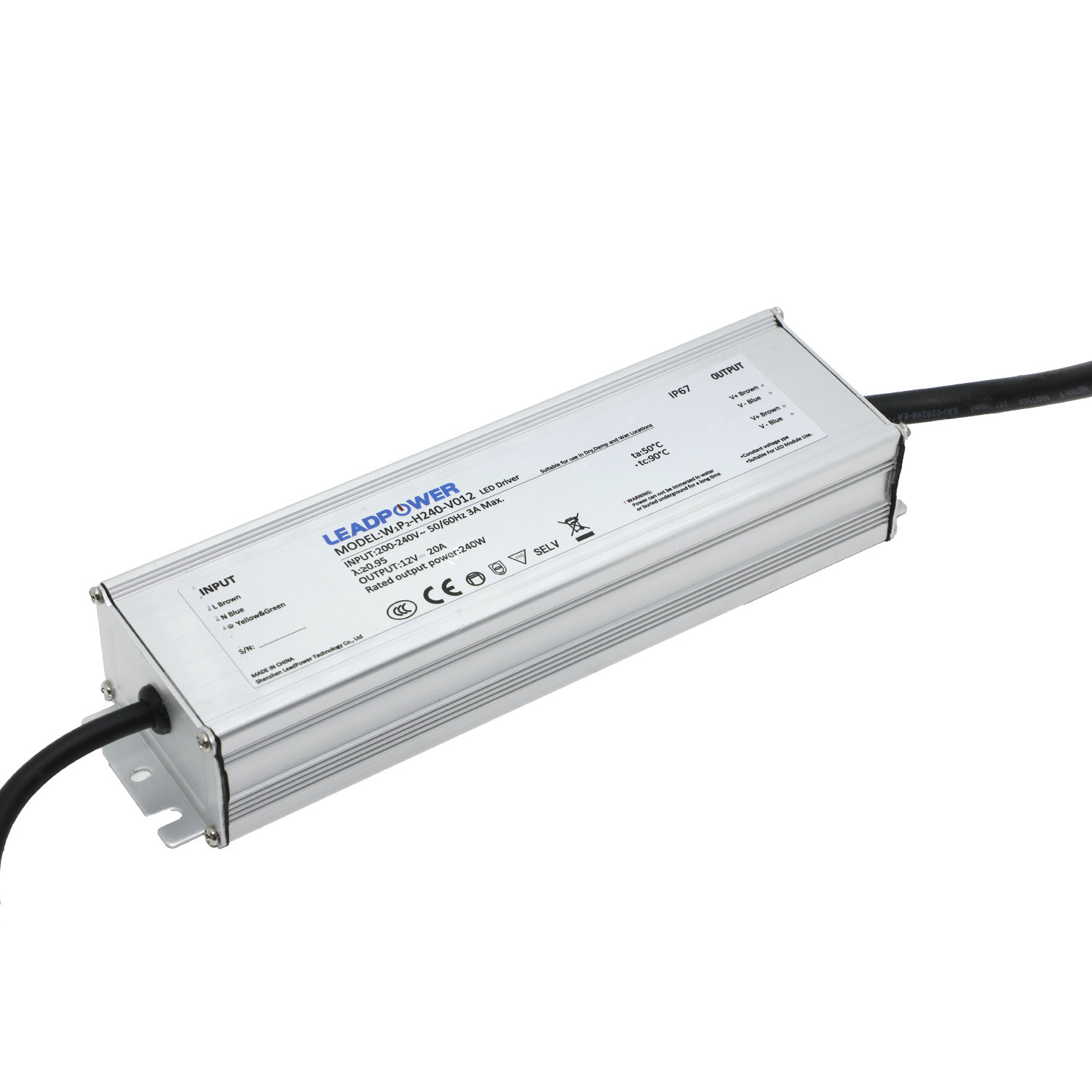
Company Profile| 2022-10-26 |LEADPOWER

There are two main types of drivers, those that use low voltage DC input power (generally 5-36VDC) and those that use high voltage AC input power (generally 90-277VAC). LED drivers that use high-voltage AC power are called Off-Line drivers, or AC LED drivers. In most applications using a low voltage DC input LED driver is recommended. Even if your input is high voltage AC, using an additional switching power supply will make it possible to use a DC input driver. Low voltage DC drivers are recommended as they are extremely efficient and reliable. For smaller applications there are more dimming and output options available compared to high voltage AC drivers so you have more to work with in your application. If you have a large general lighting project for residential or commercial lighting, however, you should see how AC drivers might be better for this type of job.
Secondly, you need to know the drive current that you want to put to the LED. Higher drive currents will result in more light from the LED, and will also require more wattage to run the light. It is important to know your LED’s specs so you know the recommended drive currents and heat sink requirements so you don’t burn the LED out with too much current or excess heat. Lastly, it is good to know what you are looking for from your lighting application. For example, if you want dimming then you need to choose a driver with dimming capabilities.
Dimming LEDs varies with what kind of power you are using; so I will go over both DC and AC dimming options so we can better understand how to dim all applications, whether DC or AC.
Low voltage DC powered drivers can be easily dimmed in a couple different ways. The simplest dimming solution for these is using a potentiometer. This gives a full range of 0-100% dimming.
This is usually recommended when you only have one driver in your circuit but if there are multiple drivers being dimmed from one potentiometer, the value of the potentiometer can be found from – KΩ/N – where K is the value of your potentiometer and N is the number of drivers you are using. We have wired BuckPucks that come with a 5K turn knob potentiometer for dimming but we also have this 20K potentiometer that can easily be used with our BuckBlock and FlexBlock Drivers. Just connect the dimming ground wire to the center prong and the dimming wire to one side or the other (choosing a side just determines what way you turn the knob to make it dim).Your second option for dimming is to use a 0-10V wall dimmer, like our A019 Low Voltage Dimming Control. This is the better way of dimming if you have multiple units, as the 0-10V dimmer can work with several drivers at a time. Just hook the dimming wires right to the input of the driver and you’re good to go.
For high voltage AC power drivers there are a couple options for dimming as well depending on your driver. Many AC driver work with 0-10V dimming, like we went over above. We also carry Leadpower and Chenglian Power that offer TRIAC dimming so they work with many leading-edge and trailing-edge dimmers. This is helpful as it allows LEDs to work with very popular residential dimming systems like Lutron and Leviton.

+8675523208269
jack_xu@leadpowers.com
https://www.leadpowers.com
+8675523208269
Unit 401-403,Block 5B,Skyworth Innovation Valley,Tangtou 1st Road ,Shiyan Street,Bao'an District, Shenzhen,China